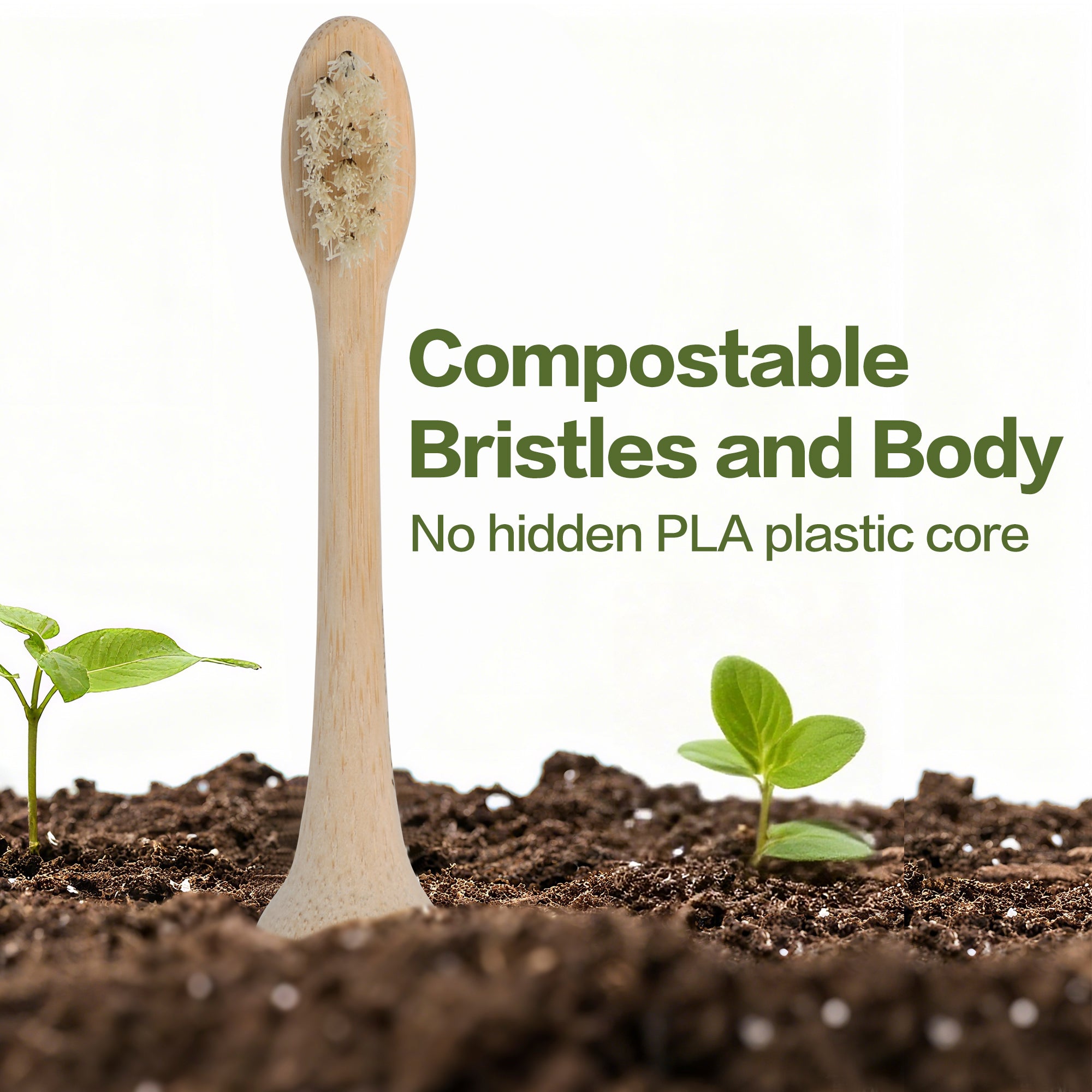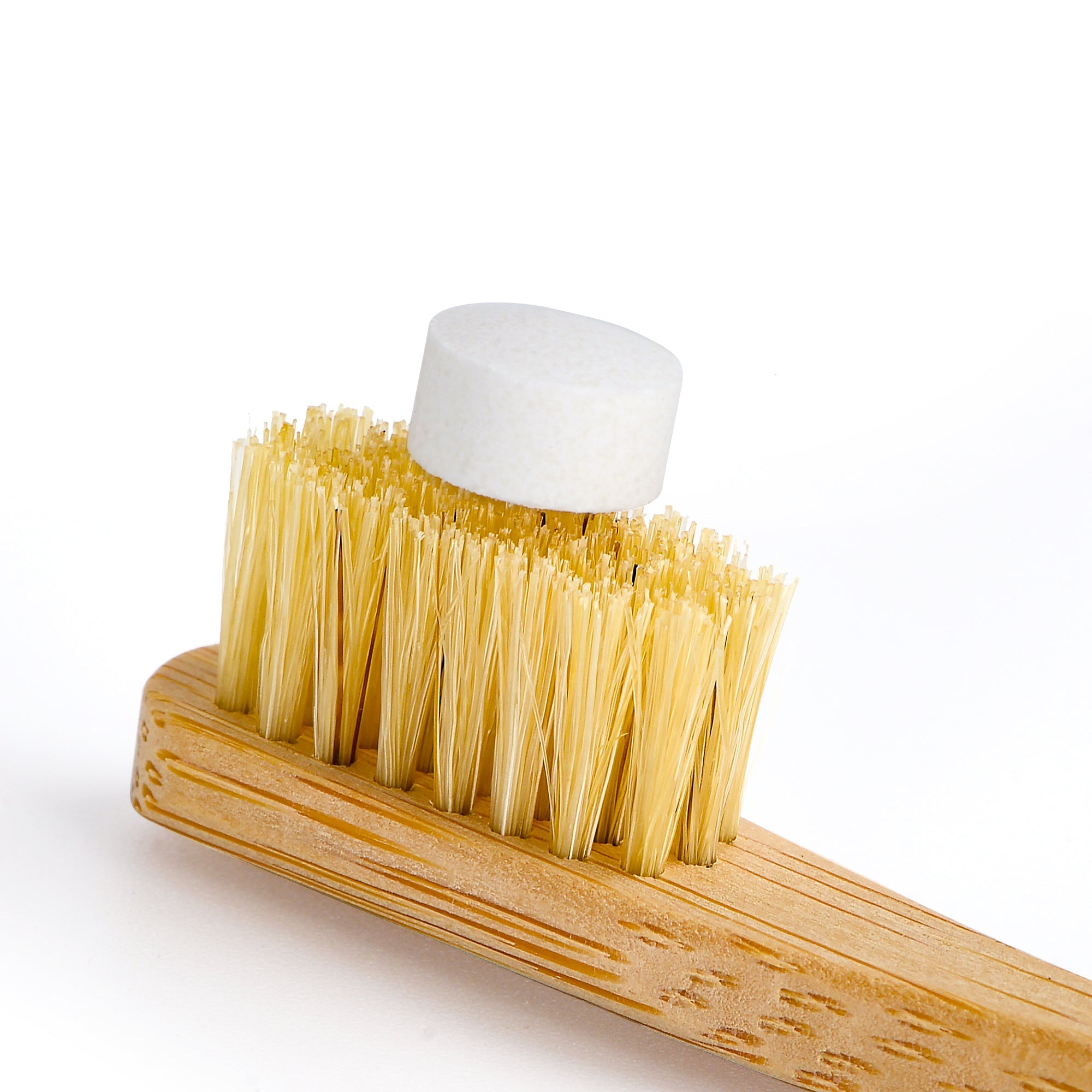Discover the Magic of Garbage Enzymes
Are you a DIY enthusiast, frugal individual, or an eco-minded zero waste kind of a person on a mission to reduce waste and live sustainably? If so, you will want to know about the wonders of garbage enzymes.
You may have heard about enzymes for cleaning stubborn stains or for tackling a backed up septic system, but here we are talking about versatile and eco-friendly cleaning solution that you can make right at home!
The Power of Garbage Enzymes: Frugal and Eco-Friendly Cleaning
Garbage enzymes, also known as fruit or vegetable enzyme cleaners, are the perfect blend of affordability, eco-friendliness, and effectiveness. They are made by fermenting fruit or vegetable peels, water, and sugar, resulting in a multipurpose liquid that can replace commercial cleaning products.
By using garbage enzymes, you can significantly reduce your reliance on chemical-based cleaners, cut down on plastic waste from store-bought bottles, and save some money in the process.
The Many Uses of Garbage Enzymes
One of the best things about garbage enzymes is their versatility. It's quite a powerful cleaner yet safe on most surfaces and even safe for you, pets and the planet.
They can be used in various ways, making them an all-in-one cleaning solution. Here are just a few ways you can put garbage enzymes to work:
- Natural All-Purpose Cleaner: Dilute the enzyme with water, and you have an effective all-purpose cleaner for kitchen surfaces, floors, and more.
- Sparkling Dishwashing Liquid: Add a small amount of the enzyme to your dishwashing routine for grease-cutting power.
- Air Freshener and Deodorizer: Spray a diluted solution around your home to freshen the air naturally.
- Insect Repellent: Keep pesky insects at bay by using garbage enzymes in corners and entryways.
- Plant Fertilizer: Use the leftover residue as a natural fertilizer for your plants – they'll thank you for it!
DIY Bio Enzyme | Natural multipurpose cleaner | Auroville | Auroras Eye Films from Auroville OutreachMedia on Vimeo.
Crafting Your Garbage Enzyme Cleaner
Making your own garbage enzyme cleaner is incredibly simple. Here's what you'll need:
- Fruit or vegetable peels (citrus fruits work well)
- Brown sugar (or any raw unprocessed sugar)
- Water
- A large plastic container with a tight-fitting lid

Source: GreenPeace
How To Make Garbage Enzyme Cleaner
- Gather the peels: Save those fruit and vegetable peels from your kitchen scraps. Citrus peels, like oranges and lemons, are particularly effective due to their high enzyme content.
- Mix the ingredients: In your container, combine one part brown sugar with three parts fruit peels and ten parts water. For example, 100g of sugar, 300g of peels, and 1000ml of water.
- Start the fermentation process: Close the container tightly and place it in a dry, well-ventilated area away from direct sunlight.
- Wait patiently: Fermentation takes time, typically around three months. During the first month, open the lid every few days to release gas. After that, stir it occasionally.
- Strain and use: After three months, strain the liquid, and your garbage enzyme cleaner is ready to use! Dilute it with water as needed for different cleaning tasks.
Embrace a Sustainable Lifestyle
By making your garbage enzyme cleaner, you're not just saving money – you're actively participating in a zero-waste, eco-friendly lifestyle. Reduce plastic waste, avoid harmful chemicals, and promote a cleaner environment with this simple yet powerful DIY solution.
So, let's get creative, frugal, and eco-conscious together. Start your garbage enzyme journey today and experience the joy of sustainable living!
If you really want to read more about the science behind it and in more detail have a look at this study which provided this picture too.

Summary of the study:
Eco-enzyme is a multifunctional liquid made from fruit peels, waste, brown sugar, and water and used as a cleaning agent. The success rate in the production of eco-enzymes is significantly impacted by the raw materials used for the fermentation of these peels, along with brown sugar and water. Eco-enzyme production aims to lessen the amount of waste that is dumped in landfills while also creating economic value. Economic benefit from the numerous uses of the ecologically friendly enzyme liquid. The environment has frequently been utilized in the treatment of liquid waste, lake water filtration, enhanced air quality, and soil quality. Eco-enzymes are frequently employed as biopesticides and fertilizers. Characteristic outcomes of the three-month-fermented eco-enzyme fulfil the criteria for being an excellent disinfectant, specifically the pH of 4 and the distinctive citrus scent of fermentation. Rather than using chemicals to produce the disinfectants, we can use fruit peels and other natural waste, by using this natural waste to produce the disinfectant can benefit the environment as well. The first stage in putting the idea of zero waste into practice at the household level is processing garbage into eco-enzyme. By creating eco-enzymes, waste generators demonstrate their responsibility for recycling, reusing, and trash reduction. An integrated effort in the reuse of waste materials will be made to generate ecologically friendly waste enzymes, reducing the volume of discarded materials until it is zero or even non-existent.
Frequently Asked Questions (FAQs) About Natural Enzyme Cleaners
Q: What is a natural enzyme cleaner? A: A natural enzyme cleaner is an eco-friendly cleaning solution made from fruit peels, such as lemons, limes, grapefruits, oranges, and pineapples. These fruit peels undergo a fermentation process, producing enzymes that act as potent and green cleaning agents.
Q: How do I make a natural enzyme cleaner? A: Making your own natural enzyme cleaner is easy. Follow these steps:
- Choose fruit peels from citrus fruits mentioned above.
- Use a peeler to remove the peels and rinse them under running water.
- Scrub the peels with a vegetable brush to remove dirt and pat them dry with a clean towel.
Q: Is an enzyme cleaner better than vinegar? A: Yes, in some cases. Enzyme cleaners are more effective than vinegar for certain cleaning tasks. Vinegar might leave a residue that could affect the efficacy of future cleaning attempts using enzyme cleaners.
Q: Is white vinegar an enzyme cleaner? A: No, white vinegar is not an enzyme cleaner. While vinegar, borax powder, and hydrogen peroxide are good cleaning agents, they do not contain enzymes like protease and terpenes. White vinegar's cleaning power comes from its acidic nature, breaking down stains effectively.
Q: How much should I dilute garbage enzyme for different uses?
The dilution of garbage enzyme depends on the specific cleaning task and the desired strength of the solution. Here are some common dilution guidelines:
-
All-Purpose Cleaner:
- Light Cleaning: Dilute 1 part garbage enzyme with 10 parts water (1:10 ratio).
- Medium Cleaning: Dilute 1 part garbage enzyme with 5 parts water (1:5 ratio).
- Heavy Cleaning: Use undiluted or dilute 1 part garbage enzyme with 3 parts water (1:3 ratio).
-
Dishwashing Liquid:
- For regular dishwashing, use a 1:1 ratio of garbage enzyme to water.
-
Air Freshener:
- Dilute 1 part garbage enzyme with 5-10 parts water (1:5 to 1:10 ratio) and transfer to a spray bottle for use as an air freshener.
-
Plant Fertilizer:
- Dilute the garbage enzyme residue with water before using it as a natural plant fertilizer. A common dilution ratio is around 1:100 (1 part garbage enzyme residue to 100 parts water) or even weaker. Avoid using undiluted garbage enzyme directly on plants as it may be too strong and could harm them.
Remember to perform a patch test on a small, inconspicuous area before using garbage enzyme on delicate or unsealed surfaces. Always follow the instructions provided in the original garbage enzyme recipe for the most accurate dilution guidelines.
Please note that the dilution ratios provided here are general guidelines and can be adjusted based on personal preferences and specific cleaning needs. For the best results, it's essential to experiment with different dilution levels to find what works best for your cleaning tasks.












